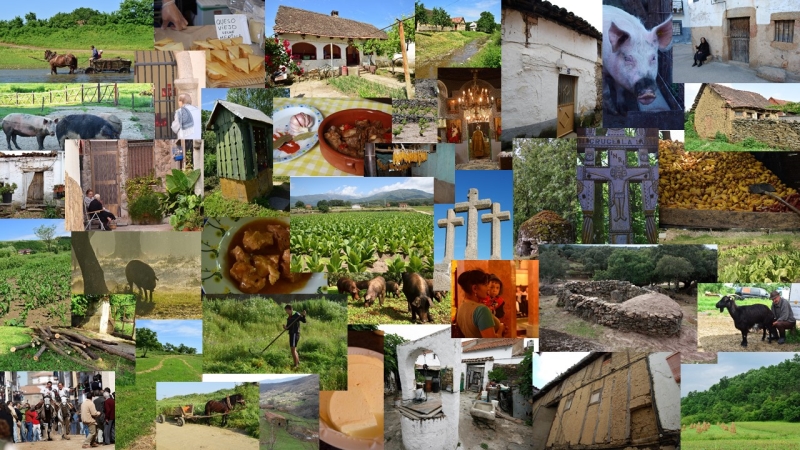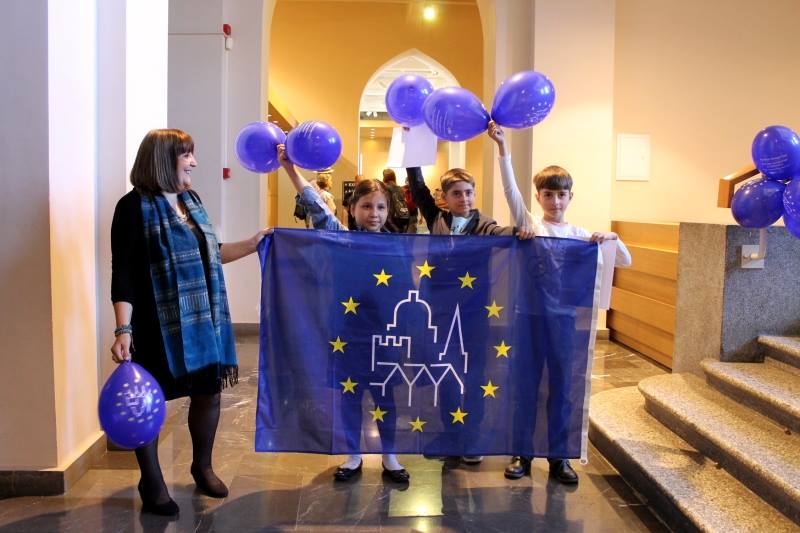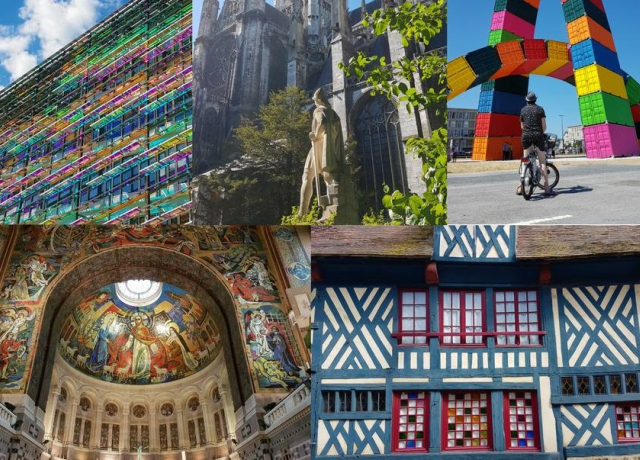5 Aspects of European Heritage Days that Bring Europe Together
5 Aspects of European Heritage Days that Bring Europe Together
Having a peek into magnificent villas or private historic houses, visiting a sensory exhibition of smells from nature, participating in a porridge making competition, or attending a traditional wedding ceremony are just some of the ways to discover heritage.
During European Heritage Days, thousands of similar events are freely available all across Europe. Each of them uncovers a specific aspect of heritage that connects all Europeans and provides a deeper knowledge about who we are.
It is precisely the diversity of these aspects that attracts so many visitors to European Heritage Days year over year. It is also what inspires event organisers and national coordinators to continue to explore new places, themes, and approaches.
To better understand what the most important of these aspects are, we asked national coordinators what makes them passionate about European Heritage Days. Their answers unveiled several important dimensions:
1. Shared history

With the two millennia of history and development, Europe is a melting pot of cultures. Identifying points in which different cultures interact is one of the unique aspects of European Heritage Days.
Who knew that Island has a common past with Bizkaia? Or that Romanian traditions still live in Extremadura? These are just some of the historic cultural connections that were revealed during European Heritage Days.
2. European values
Isn’t it incredible to be a part of a story that is simultaneously told in 50 other European countries?
The European dimension is another aspect of European Heritage Days that binds citizens together. It reveals a number of historic values that are integral to our identities wherever we come from and the task for European Heritage Days is to discover those values, interpret them, and observe them in a wider European context.
3. Educational Opportunities
 Learning about heritage does not have to take place in a museum or at an archaeological site. Heritage can be discovered in almost every neighbourhood or community, in nature or at various private sites. It can be explored in schools or at local gatherings, where people discuss history, traditions, and culture.
Learning about heritage does not have to take place in a museum or at an archaeological site. Heritage can be discovered in almost every neighbourhood or community, in nature or at various private sites. It can be explored in schools or at local gatherings, where people discuss history, traditions, and culture.
The opportunity to help spread knowledge about heritage and empower local communities to tell their unique stories is one of the strongest motivations to be involved in European Heritage Days. This is why national coordinators tersely work to bring more communities and event organisers to the celebrations every year.
4. Community involvement
Local communities are the backbone of European Heritage Days. Their passion for heritage and their unique stories give spirit to European Heritage Days and differentiate it from all the other cultural festivals.
As owners and custodians of local traditions and heritage sites, communities are vital to sharing knowledge about heritage. Their ideas and experiences make a difference in how heritage is represented and interpreted, which is why they represent a driving force of European Heritage Days.
5. Architectural diversity

Most of Europe’s remarkable heritage sites are open any day in a year, but European Heritage Days bring even more. It features buildings, homes, monuments, and sites that are not normally open to public and whose histories tell incredible stories of our past.
The most authentic lifestyles or architectural styles could be often be observed in a hidden neighbourhood of a city or rural environments. Each building has its story and European Heritage Days bring the most inspiring ones to the map of Europe.
With so many different ways to experience European heritage, citizens could spend lifetimes exploring it. Similarly, national coordinators keep introducing new perspectives on heritage to highlight all its incredible aspects. Their passion and expertise help reveal the diversity of meanings of heritage and keep it relevant to the changing generations of European Heritage Days visitors.
Photo credits:
https://www.facebook.com/normandy.tourism/
https://www.facebook.com/EHDays/
